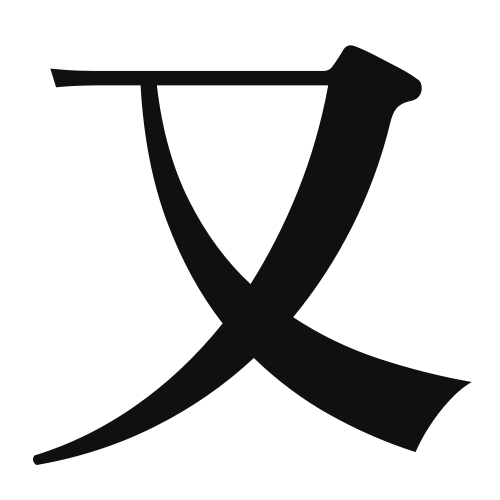1. Overview of Meaning
The kanji “又” (pronounced “mata” or “yuu”) means “again” or “also.” It is often used to indicate repetition or addition in various contexts.
2. Formation and Radical
Formation of the Kanji: The kanji “又” is classified as a pictogram, originally depicting a hand. It represents the idea of doing something again or returning to a previous action.
Radical: The radical for “又” is also “又,” which is associated with the meanings of “again” or “twice.”
3. Examples of Usage
Common Words and Phrases: Some common words that include “又” are:
- また (mata) – again
- または (mata wa) – or
- また来る (mata kuru) – come again
Example Sentences in Daily Conversation:
- 明日また会いましょう。(Ashita mata aimashou.) – Let’s meet again tomorrow.
- 彼はまた遅れました。(Kare wa mata okuremashita.) – He is late again.
4. Synonyms and Antonyms
Similar Kanji: A similar kanji is “再” (sai), which also means “again” but is often used in more formal contexts, such as “再開” (saikai – reopening).
Antonyms: An antonym for “又” could be “初” (hatsu), meaning “first” or “initial,” indicating the beginning of something rather than a repetition.
5. Cultural and Historical Background
Relation to Japanese Culture: The concept of repetition is significant in Japanese culture, often seen in traditions and rituals that emphasize returning to origins or repeating actions for good fortune.
Proverbs and Idioms: One common saying is “三度目の正直” (sando me no shoujiki), which translates to “the third time’s the charm,” highlighting the idea of trying again until success is achieved.
